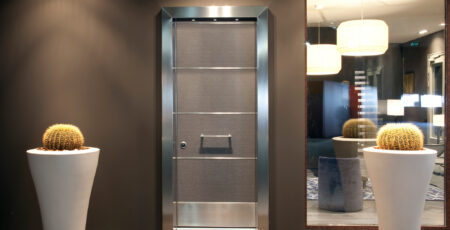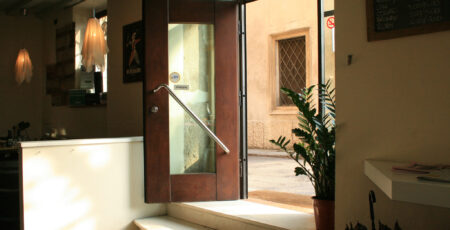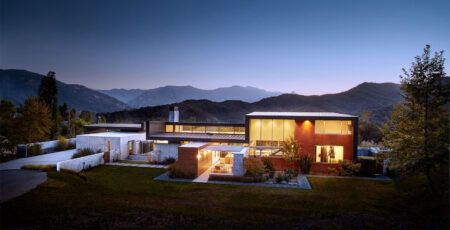Given the physical location of our headquarters — South Florida — we discuss hurricane certification on a daily basis. It’s a major concern for our clients in both residential and commercial settings. In fact, you can’t even sell windows or doors in this region if they’re not hurricane-certified — and of course, we only sell doors and windows, so this is an important distinction for us.
What we notice when talking to clients though is that many people don’t know the difference between hurricane windows versus security windows versus ballistic (or bulletproof) windows. Many have been told that their hurricane windows are also security windows, which is oftentimes not the case because there are different requirements to meet each certification.
To set the record straight, we wanted to outline the differences between the three types of windows: hurricane, security, and ballistic. Here’s what makes them different, how the tests for each certification differ, and why those distinctions matter.
Hurricane Windows
All windows installed in South Florida must be hurricane-certified, and with good reason. It’s not a question of whether or not a hurricane will be a threat at some point — it’s a given. It will happen. And when it does, we all need to be prepared. 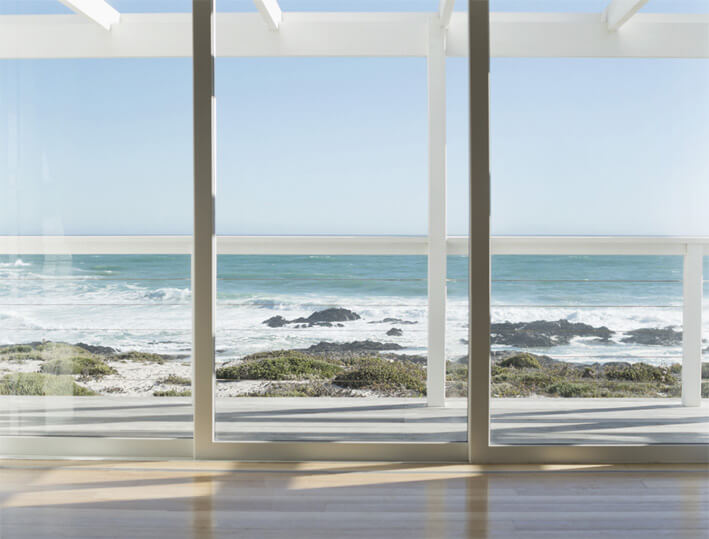
- The window must be able to withstand a certain amount of air pressure (up to 75 pounds per square foot for residential spaces).
- The window must withstand intense and prolonged water pressure without allowing water to pass through the glazing.
- The window must not break when hit by a two-by-four (2×4) flying at 50 feet per second (just one time).
According to FEMA, the glazing on windows is one of the most common failure points, so it’s important to remember that in this case, the hurricane certification assessment tests all components of the window, including materials used during installation. Be sure that your contractor is using proper installation methods and materials when inserting your hurricane windows.If it hasn’t already, it’s likely that hurricane-certification will become a larger topic of conversation for those in Texas and Louisiana, as both states have been hit with devastating hurricanes in the past couple decades. As storms intensify, we can expect this to happen more frequently, and to cause more destruction, increasing the necessity of such protections for our structures. Consumers need to be aware that hurricane windows are often mislabeled as having other certifications. We like to think it’s not so much that salespeople are being intentionally misleading, as much as it’s probably ignorance on their part. They likely assume that any window or door that can stand up to a hurricane can stand up to an intruder trying to break into your home.But we know better: hurricane windows are not security windows (and they’re not even close to ballistic windows). The main reason people believe hurricane windows can pass as security windows is because they have to pass the Forced Entry Test. Let’s get into why this doesn’t cover your bases.
Security Windows
Security windows are a few steps above hurricane windows in that they’re stronger and require more (and typically repeated) force to break through. Hurricanes are natural disasters, which are often unpredictable and indiscriminate. Whereas a hurricane might rip apart one part of a town and leave another, someone trying to break into your house is going to be persistent. They won’t hit the window once and give up. They might bring tools to assist them. Humans have the ability to re-strategize and adapt. Therefore, the tests for security window certification are different — they’re more rigorous in some ways, but leave out other criteria. Windows that are specifically made to protect against intruders are typically thicker and reinforced so they can withstand repeated blows from say, a hammer, or an axe, or a drill. In fact, when security windows are tested for certification, hand tools and power tools are used — certification requires that the glass can take brute force as well as mechanical force. Some are treated with a film on the outside, while others are reinforced by using multiple layers and/or hardening technology. If you’re looking for security windows, you’ll need to be mindful about the certification — some companies claim to sell security windows when they aren’t actually certified for a specific level (i.e. hand tools, power tools, etc). 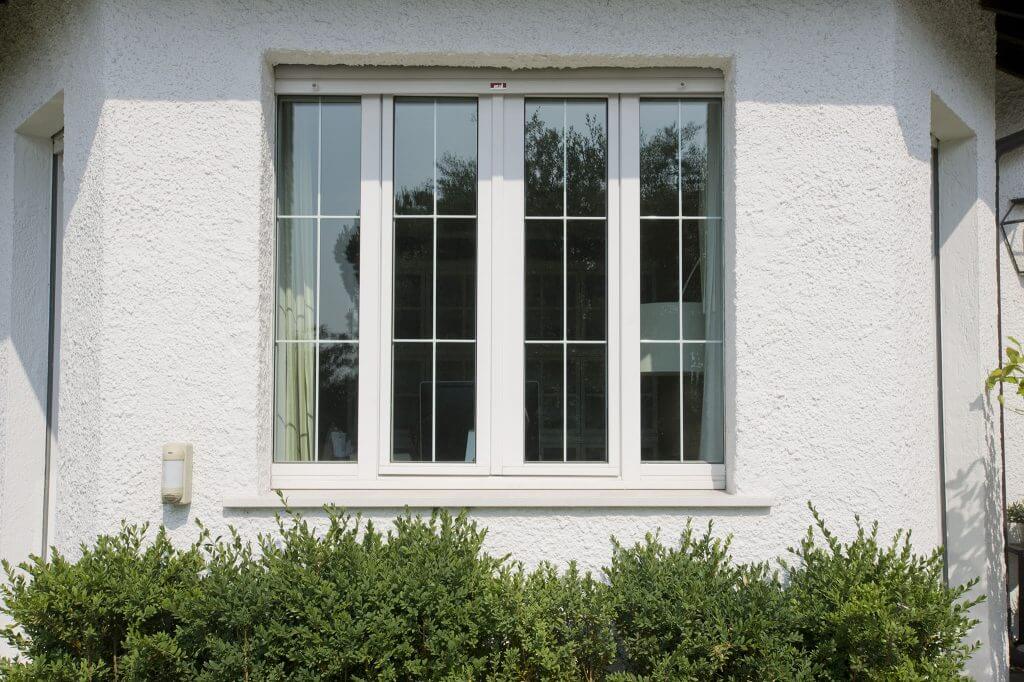
Ballistic (Bulletproof) Windows
As with hurricane-certified windows and security windows, ballistic windows come with various levels of protection — which variety is best for you is determined by the type of threat you’re concerned about. For residential settings, there are three basic levels of protection through ballistic windows.
- Small Guns – For homeworkers looking to protect themselves against armed intruders, this first level of protection works well. The lowest level of ballistic protection possible covers small pistols and handguns, such as a 9mm or .40 caliber. These guns are popular among criminals because they’re small and easy to conceal. Generally speaking, this level is sufficient for most homeowners.
- Bigger Handguns – This next level of protection covers larger handguns, like the .357 Magnum and .44 Magnum, as well as shotguns. Most people don’t carry these types of guns because they’re loud and not as easy to conceal. However, the upgrade from Level 1 to Level 2 is easy and not very expensive, so (at least in our experience) many people end up going with this type of protection.
- Rifles – The highest level of residential ballistic protection is against rifles, such as the AR15 and AK47. The price for this level is significantly higher than the larger handgun level, so unless they’re specifically worried about people with high fire power coming to their home, our clients generally forego this one. But again, the level you need for your home is based on the level of protection you (and your security team) feel you need.
We can actually go above and beyond these typical requests, and because everything we make is custom, we can ensure that you have exactly what you need for your set of circumstances. 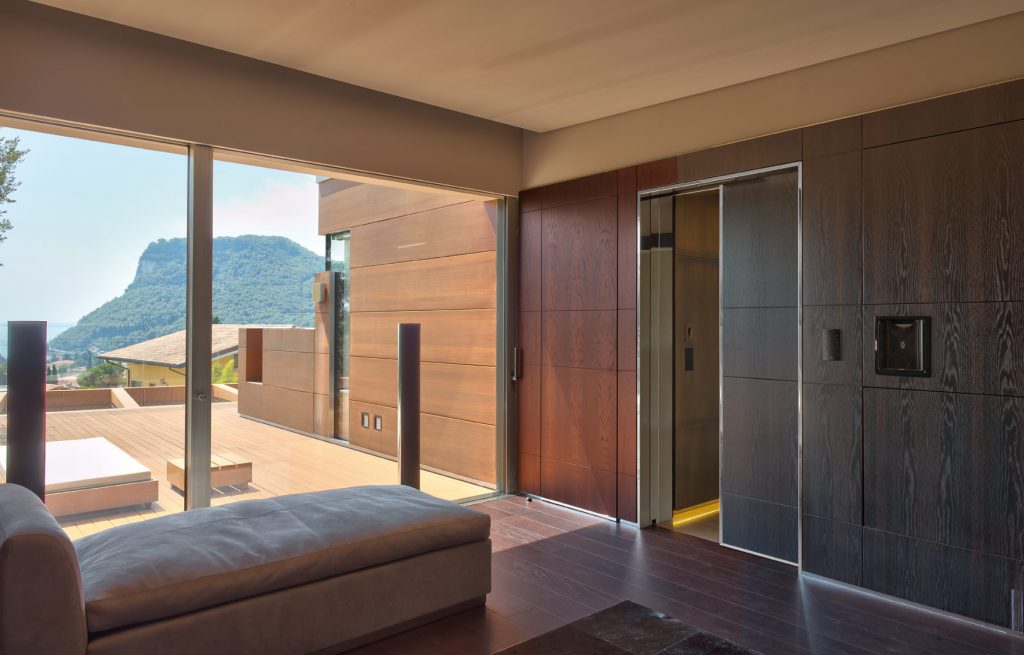
A Window is Only as Strong as the Materials It’s Made Of
The other major consideration among all of these types of windows are the materials used to make the window — both the glass inside and the frame encasing it. Again, there are a few different options that vary in price and quality, but there’s no mistake which material is the best, the strongest, and can offer the most protection.Aside from the glass in the actual window, the frames are typically made out of one of the following materials:
- Plastic (vinyl)
- Aluminum
- Wood
- Steel
Plastic, of course, is among the cheapest and lightest of materials. Most window frames themselves aren’t made from plastic — instead, they’re made of aluminum (also very cheap and lightweight) and then covered with vinyl to make them look more polished and elegant when installed. If you’ve ever seen standard windows replaced in homes, you’ve probably seen this process happen. The vinyl is then caulked and sealed around the openings (both interior and exterior) to keep moisture out. The trouble with plastic and aluminum is that they’re not very strong. It doesn’t take much to bend or break either material (though both materials can be hurricane-certified). Of course, if you’re not looking for any kind of special window plastic and aluminum are probably sufficient. Windows can also be made with wood frames. In fact, this used to be the norm — in older homes (especially century homes), you’ll find wood frames in every window, complete with single-pane glass that will crack in temperature swings and doesn’t do anything to help your energy bills. 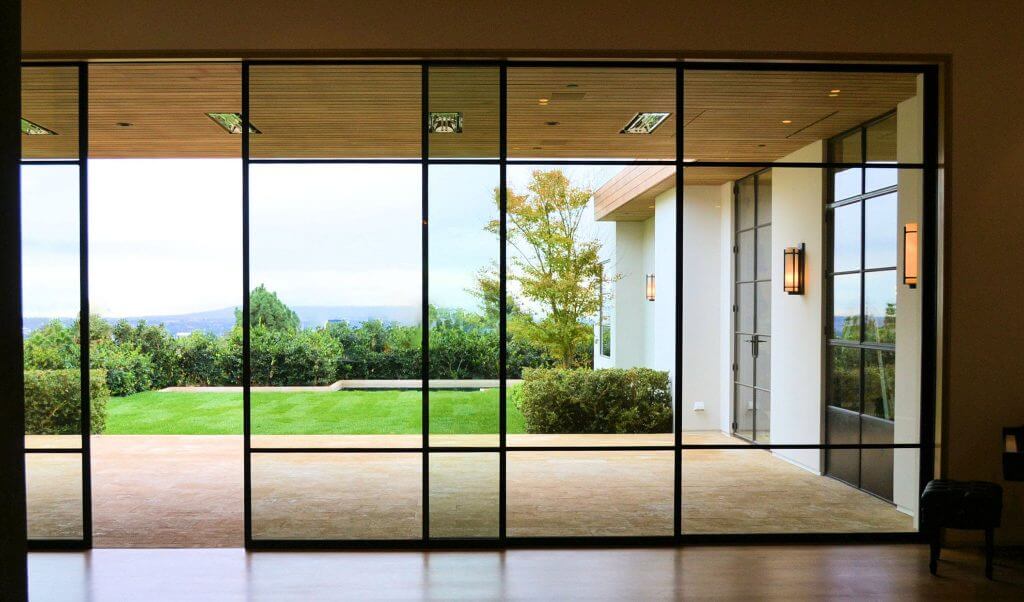
Creating Custom Windows for Luxury Homes
We’ve been designing and building custom security windows for luxury homes for many years. We’re very good at what we do, and we’re very proud of our work.High quality steel combined with triple-paned glass and the skilled craftsmanship of our Italian artisans have allowed us to create an elegant, impenetrable product fit for actual Kings. Not only are our windows gorgeous, but we’ve tested and retested them to make sure that nothing is getting through them. For a demonstration of unmatched durability and strength, check out the video on our windows page. You’ll see a man use an axe to easily break through regular impact glass, then work harder to get through our lower grade glass, and finally, fail completely to break through our top of the line ballistic glass (with both an axe and a sledgehammer — still failing, even after getting some help). Our windows can offer all the protection you need — high winds and rain during hurricanes, security from intruders, and safety from bullets — all in one package. Every one of our windows is hurricane-certified and even the lowest model glass is ballistic to some degree. All of our windows are made of steel to ensure that they’re strong enough to withstand brute force and gale force alike. We make the best because you deserve the best.If you’re interested in learning more about our high security, hurricane-certified windows, check out our common questions page, read through our articles, or give us a call to ask us questions specific to your luxury home. We love talking to prospective clients and hearing what they’re looking for in security doors and windows. Better yet, book an appointment at one of our showrooms (either Los Angeles or Boca Raton) to see examples of our work in person. In the meantime, you can check out image galleries on our windows and doors pages.We look forward to hearing from you soon!

